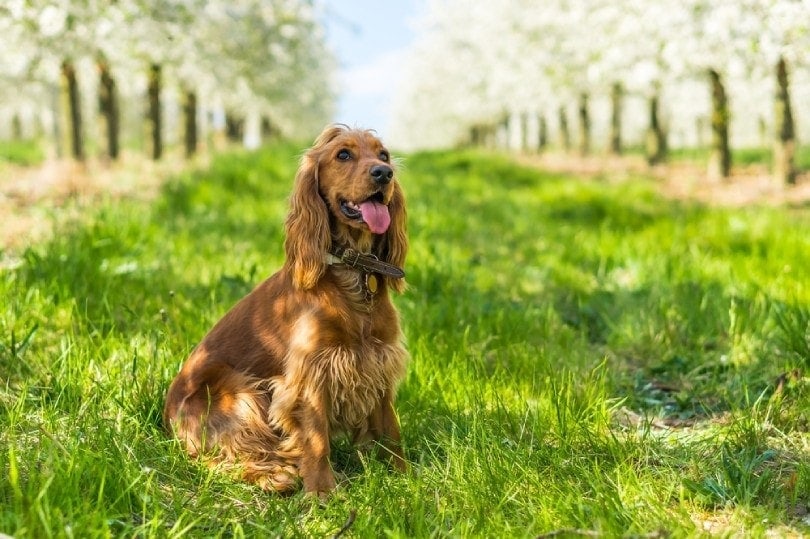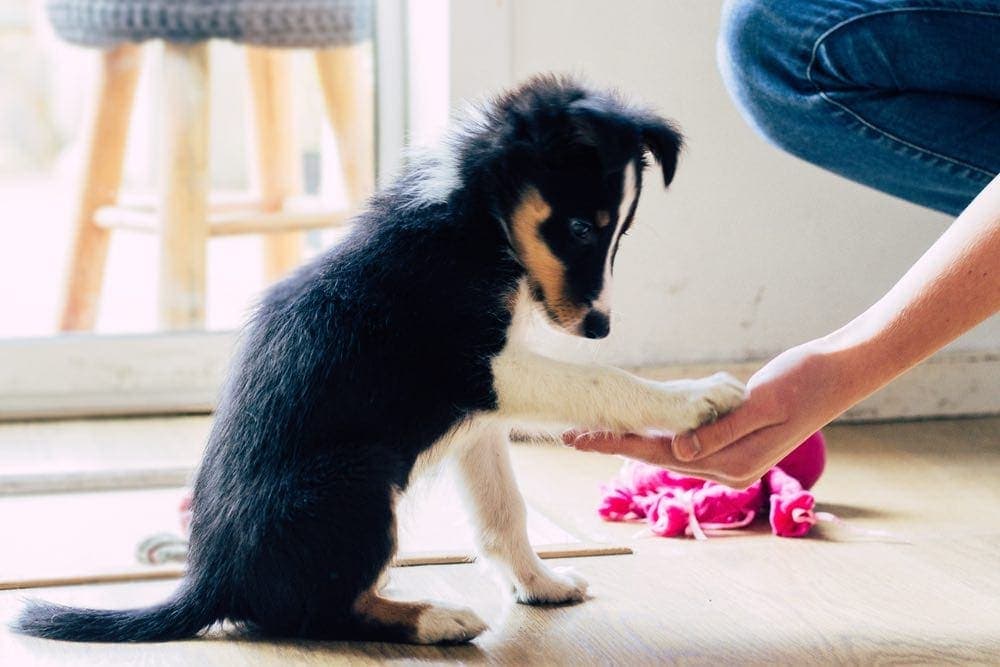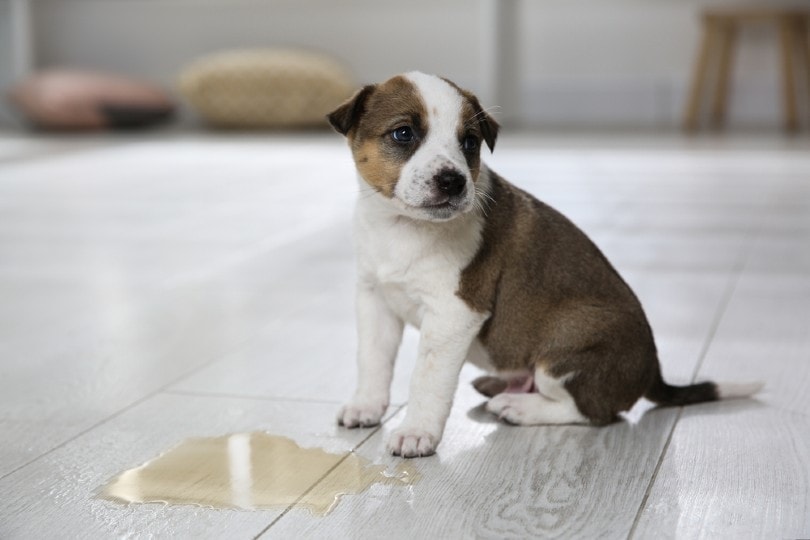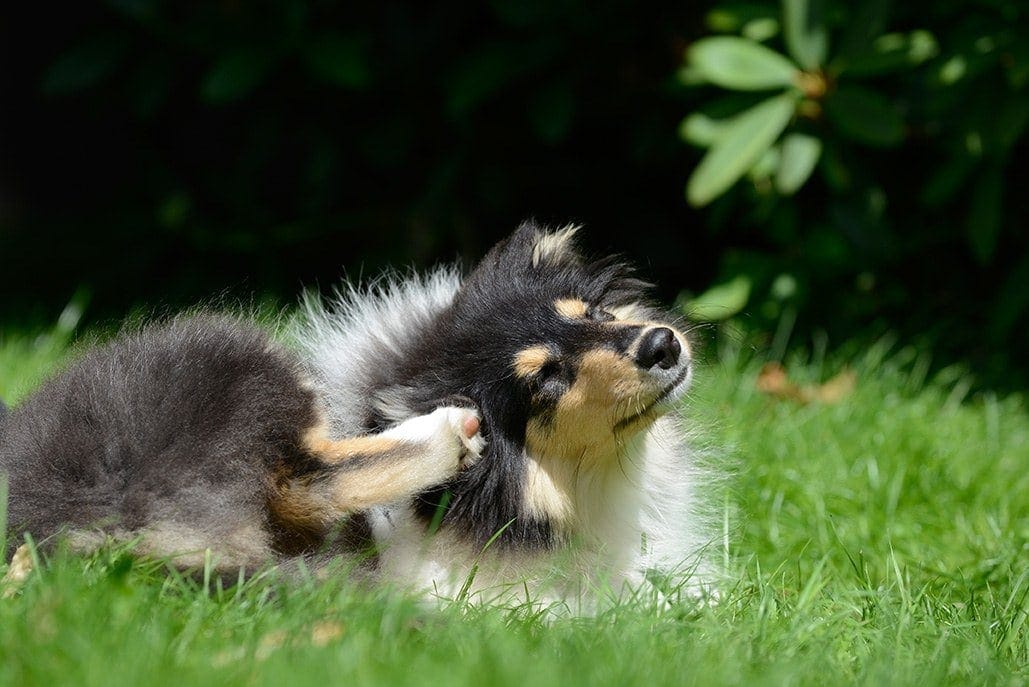Height:
19-28 inches
Weight:
45-70 pounds
Lifespan:
10-13 years
Colors:
Black, black with white markings, grey, multicolor, tan, yellow, grey and white
Suitable for:
Active families, outdoor enthusiasts, families with younger children, competitive dog trainers
Temperament:
Intelligent, active, energetic, alert, outgoing, gentle, bold
Siberian Retrievers, also known as “Labskys” and “Huskadors”, are one of the best designer dog breeds for families, often found running and playing with anyone around them. They’re active and energetic dogs that come from two working breeds, so this is a great mix for hikers and people that spend long hours outdoors. The result of crossing a Labrador Retriever with a Siberian Husky, Siberian Retrievers are highly intelligent and can be a breeze to train. Let’s take a look at this high-energy hybrid to see if it’s the right mix for you:
 Siberian Retriever Puppies – Before You Buy…
Siberian Retriever Puppies – Before You Buy…
What’s the Price of Siberian Retriever Puppies?
A purebred Siberian Husky puppy can be somewhat expensive depending on lineage, usually around $750 to $2,000. Siberian Huskies bred for sledding can easily go for over $3,000. A purebred Labrador Retriever puppy can be even more expensive, with a hefty price range of around $900 to $3,000. Some Lab puppies with premium lineage have been sold for over $4,500. Factors like genetics, physical attributes, and bloodlines will all influence the final price. With these numbers in mind, you should expect to pay around $500 to 1,500 for a Siberian Labrador puppy.
 3 Little-Known Facts About Siberian Labradors
3 Little-Known Facts About Siberian Labradors
1. Siberian Labradors are usually first-generation hybrids
Although quite popular, Siberian Labradors are usually first-generation hybrids. This means most Siberian Labs are a cross between a purebred Labrador Retriever and a purebred Siberian Husky. It’s rare to see this hybrid as a second or third generation mix.
2. Some Siberian Labradors have light markings
Depending on the mix, some Siberian Labradors have light husky markings. They’re sometimes so faded that they blend in with the rest of their coats. These dogs usually end up being more expensive for their “ghost” markings.
3. Siberian Labradors are powerhouses
Siberian Labradors are serious powerhouses- these dogs can run, pull, and tug for hours on end. Because of this, these dogs require more exercise than the average dog.
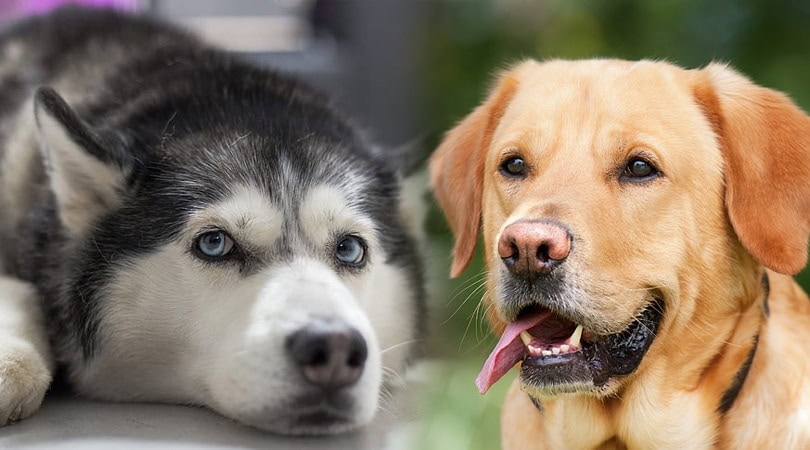
Temperament & Intelligence of the Siberian Labradors
Siberian Retrievers are not purebred dogs, so it can be difficult to gauge their temperaments. One way to know is to look at the parents, but that’s not always a possibility. Alternatively, researching the temperaments of Labrador Retrievers and Siberian Huskies can help prepare you for your “Labsky” puppy.
Siberian Huskies are outgoing dogs that love nothing more than to burn off their energy, whether it’s through running or pulling. These arctic canines are highly intelligent and extremely athletic, so it’s important to exercise them every single day to keep them from destroying the house. Known for their determination and “Husky smiles”, Siberian Huskies can be great pets for families with active children. As long as their needs are met, Huskies can be quite loving and will form close bonds with their families.
Labrador Retrievers are known for their gentleness and mild-mannered temperaments, but they’re also intelligent dogs that are always eager to please. Originally bred for hunting and retrieving, these dogs still have strong instincts without the stubbornness that other hunting dogs usually possess. Labs are quite easygoing compared to other working dogs, which makes them one of the most popular dog breeds for service work. Labs are also affectionate and make great companion dogs, as long as they’re exercised daily.
Since Siberian Huskies and Labrador Retrievers are quite different when taking a closer look, it may be hard to know what traits your puppy will have. Regardless, there’s no doubt that your Siberian Retriever will be an energetic and intelligent dog. While there’s no guarantee of how your puppy will behave, it’s best to prepare for a highly energetic dog that will have moderate exercise needs.
Are These Dogs Good for Families?
Yes! Siberian Retrievers are great for families, especially for families with active children. Although Siberian Huskies can be somewhat temperamental and not suitable for younger children, Siberian Retrievers are usually balanced out by the Lab’s docile demeanor. That means that these dogs will be more patient with smaller children, yet they can easily keep up with older children as well.
Does This Breed Get Along with Other Pets?
Generally, yes, Siberian Retrievers get along with other household pets. However, smaller animals and cats may be too tempting for their instincts. It’s best to raise your Siberian Retriever alongside the other pets or to bring them into a home already established with pets. Bringing in additional pets after your Siberian Labrador can be risky as they may see the new pet as a “threat”. Always introduce pets at their pace to prevent fighting or scuffles.

 Things to Know When Owning a Siberian Retriever
Things to Know When Owning a Siberian Retriever
Food & Diet Requirements
Siberian Retrievers are high-energy dogs that need a lot of nutrients to keep them in tiptop shape. We recommend feeding them a high-quality dry kibble with at a minimum of 25% protein, preferably coming from leaner meats like poultry. Look for brands that are specifically formulated for large breeds or working dogs, while avoiding low-quality foods with filler ingredients (corn, soy, wheat). When in doubt, consult with a veterinarian about your puppy’s dietary options.
Exercise
Siberian Retrievers live to exercise, so it’s essential for their mental health and wellbeing that they’re exercised daily. A few walks a day at around two miles each is absolute bare minimum- these dogs will demand you to take them out and about. Hiking and long-distance jogs are great ways to exercise your Labsky, especially if the Husky genes are more dominant. It’s also important to provide them with a fenced-in space to roam off-leash, as long as they can’t hop the fence and take off.
Since these dogs are natural athletes, consider trying a canine sport with your Siberian Retriever. Sports like dock jumping, freestyle frisbee, and agility are a few of many different activities to try with your dog. These dogs are very eager to do anything remotely active, so a canine sport is a great way to keep them content.
It’s equally as important to exercise their minds, especially because these hybrids are quite clever. Puzzle toys are a great way to keep them entertained and happy indoors, but they may figure them out quickly. Another way to mentally exercise your Labsky is to play “hide and seek” with their favorite treats, which encourages them to sniff and forage.
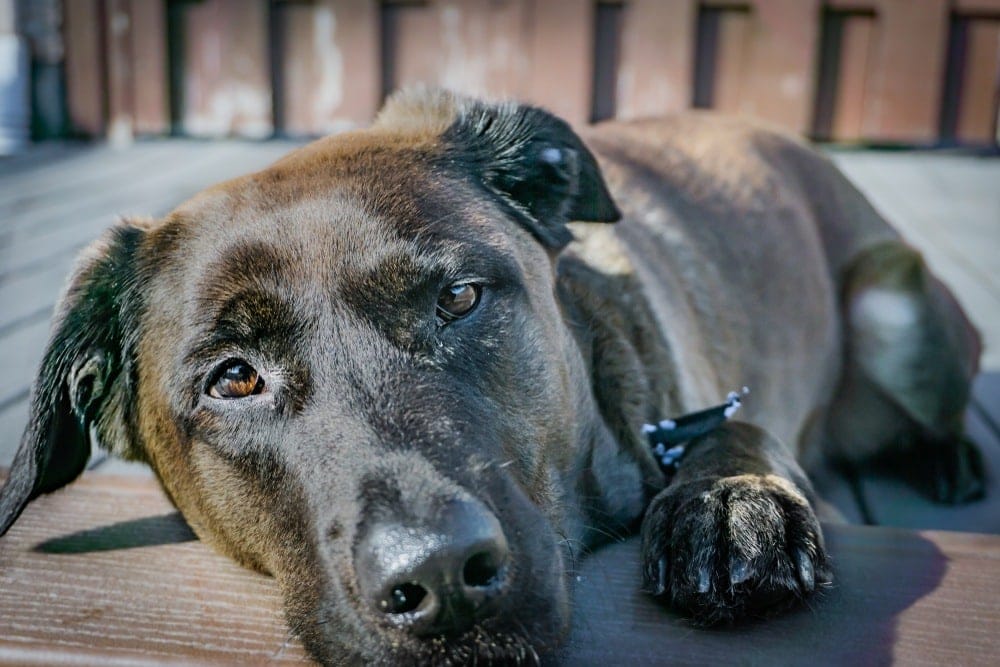
Training
Siberian Retrievers are generally eager for training and shouldn’t be too resistant. That said, it’s crucial to use positive reinforcement methods with mixed value treats since harsh training methods can create a resentful dog. This mix relies heavily on leadership and confidence, so it’s important to keep training your dog well after puppyhood. However, the energy levels can be hard to handle, so a professional dog trainer may be needed to help understand your dog’s needs.
Group obedience classes can be a great way to socialize your new puppy, as well as to learn the basics. Your Siberian Retriever will most likely excel, moving onto the next level in obedience training. These hybrids can do well in obedience competitions if given the chance, creating a strong bond between you and your dog.
Grooming ✂️
Siberian Retrievers usually have double-coats, consisting of one thick underlayer and a fluffy top layer. Although the fur itself won’t be too long, they’ll need to be brushed out once a week to help reduce shedding. The occasional bath once a month is also recommended to reduce odors, but it’s important not to over bathe and dry out the skin. In addition to bathing and brushing, your dog’s nails will need to be trimmed every 3 to 4 weeks or as needed.
Health and Conditions
Siberian Retrievers come from two relatively healthy breeds, but it’s important to know what to expect for your puppy’s future. While there’s no way to know for sure what your puppy will inherit from its parents, we can take a look at the health conditions of Labrador Retrievers and Siberian Huskies to get a better idea:
- Cancer
- Elbow Dysplasia
- Epilepsy/Seizures
- Obesity
- Hypothyroidism
- Laryngeal Paralysis
- Hip Dysplasia
- Arthritis
- Corneal Dystrophy
- Hip Dysplasia
- Obesity
- Uveodermatologic Syndrome
- Progressive Retinal Atrophy
- Cataracts
- Hypothyroidism
- Zinc Deficiency
 Male vs Female
Male vs Female
Siberian Retriever males and females are generally similar, but there may be a sizable difference between the two. However, a small percentage of males may mark their territory indoors, which can be hard to break them of this habit. Aside from the marking or a possible size difference, the choice of female versus male is a personal matter.
 Final Thoughts
Final Thoughts
Siberian Retrievers are an active and fun hybrid that can be great family pets, as long as they are properly trained and exercised. While they’re not suitable for everyone’s schedules, these dogs can be great for active individuals. If given the chance, Siberian Retrievers can easily win over anyone they meet. Though they’re hyperactive and can be a handful for new dog owners, Siberian Retrievers have what it takes to be the ultimate pet and canine companion.
Featured Image Credit: Ellice Ford, Shutterstock

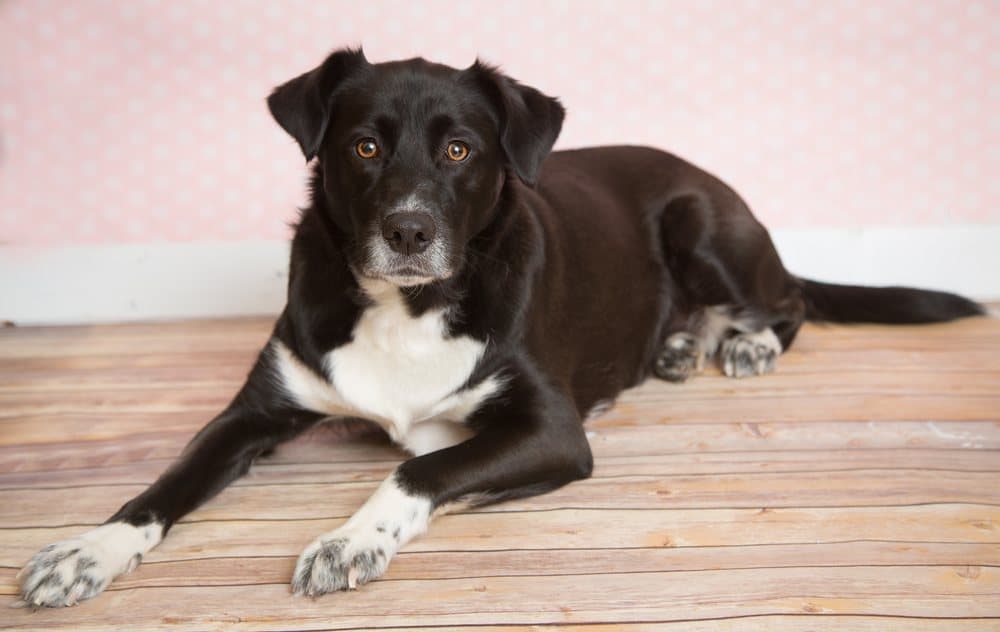
 Siberian Retriever Puppies – Before You Buy…
Siberian Retriever Puppies – Before You Buy… 3 Little-Known Facts About Siberian Labradors
3 Little-Known Facts About Siberian Labradors Things to Know When Owning a Siberian Retriever
Things to Know When Owning a Siberian Retriever Male vs Female
Male vs Female Final Thoughts
Final Thoughts